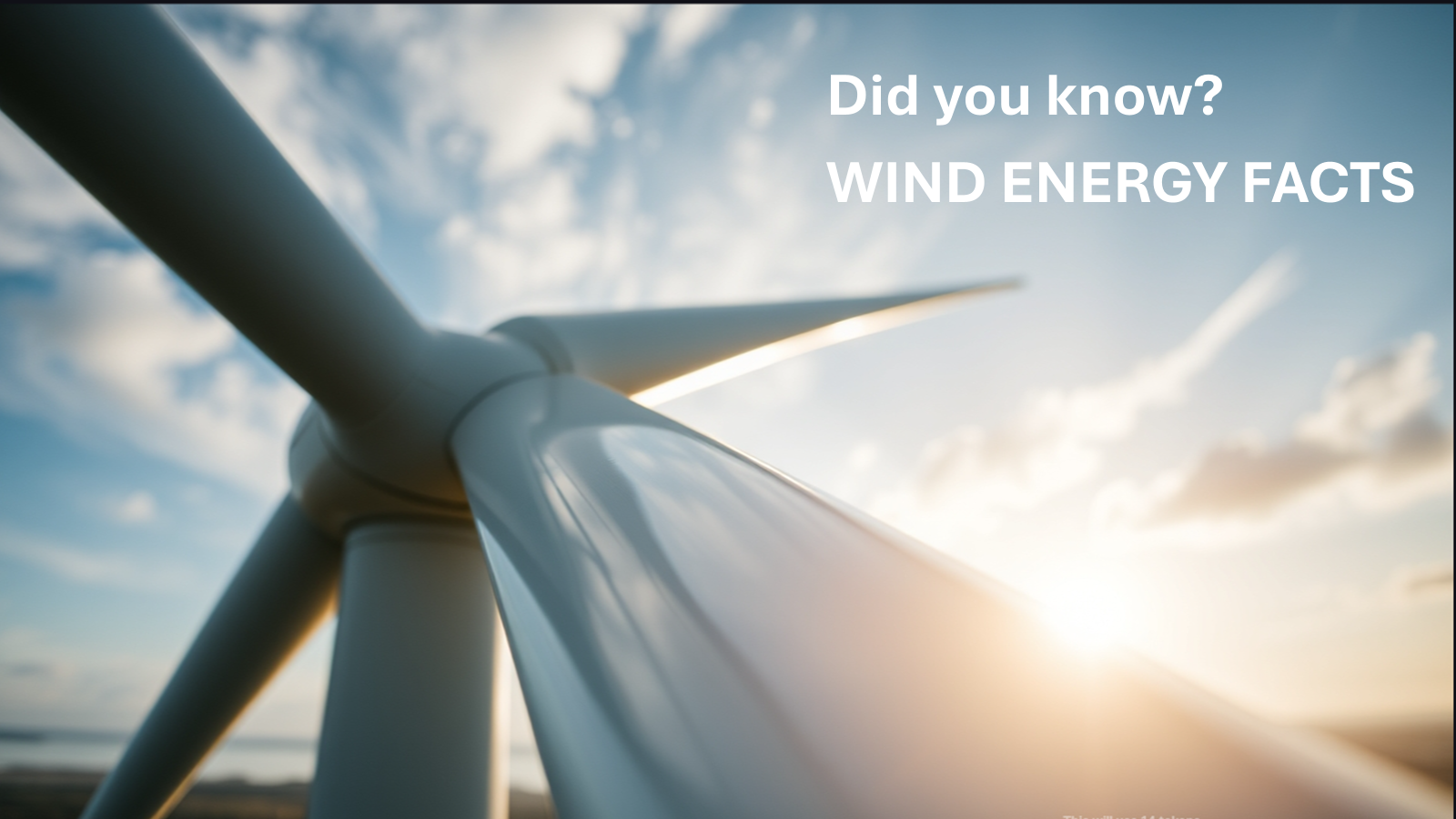
The energy company already operates two wind parks in Bulgaria. In 2023, MET’s Green Assets Division acquired a 25 percent stake in SwissWinds Holding and its subsidiaries, becoming a strategic partner of SwissWinds. Together, the two companies will implement wind farm projects in the Swiss Alps.
1. Wind is used to produce electricity by converting the kinetic energy of air in motion into electricity. In wind turbines, wind pushes the rotor blades, which transform kinetic energy into rotational energy. This rotational energy is then transferred by a shaft to the generator, thereby producing electrical energy.
2. In order to utilise the kinetic energy of the wind and convert it into electrical energy, wind turbines (which are usually between 80 and 120 metres high) must be set up in places where windy conditions are predominant. Higher turbines are able to capture stronger and more consistent winds.
3. Wind energy is a byproduct of the sun. The sun’s uneven heating of the atmosphere, the earth’s irregular surfaces (mountains and valleys) and the planet’s revolution around the sun all combine to create wind. Wind is a sustainable resource for as long as the sun’s rays continue to heat the planet.
4. The amount of power that can be harvested from wind depends on the size of the turbine and the length of its blades. At an average wind speed of 5 m/s, a typical wind turbine with a maximum power output of 3 MW might generate approximately 0.25 MW of electrical power. However, if the wind speed increases to 10 m/s, the same turbine could generate close to 2 MW. This dramatic difference occurs because the power generated by a wind turbine is proportional to the cube of the wind speed.
5. A wind farm is a group of wind turbines in the same location. A large wind farm may consist of several hundred individual wind turbines distributed over an extended area. Each of the wind turbines are linked together by underground cables that carry the electricity to a transformer substation.
6. There are many factors to consider when choosing a wind farm location. These include wind resource potential, land-use considerations, proximity to existing power lines, and potential environmental impacts.
7. Onshore wind energy is responsible for producing electricity by harnessing the wind from wind farms located on land. Offshore wind energy is the energy obtained by harnessing the force of the wind that is produced on the high seas, where it reaches a higher and more constant speed than on land due to the absence of barriers. However, offshore wind farms can be expensive and difficult to build and maintain.
8. The growing amount of wind energy being installed into the electrical grid makes matching the supply and demand of energy more challenging. As long as battery energy storage systems are not available on a large scale, natural gas – and gas-fired power plants – remain the main provider of the necessary flexibility, balancing the weather-dependent renewable power generation.
9. Incorporating artificial intelligence (AI) into wind farm operations allows to monitor turbine performance in real-time. Reacting to shifting wind conditions, AI algorithms can modify turbine settings in order to maximize energy capture. AI can also help predict maintenance – it is no longer necessary for operators to be physically present on-site as they can access real-time data.
10. According to the World Wind Energy Association (WWEA), global wind power capacity has passed one million megawatt (1,000 gigawatt) and reached 1,047,288 MW in 2023. The threshold of 1 million MW (1,000 GW) of global wind capacity was crossed 25 years after the world installed 10,000 MW and 15 years after reaching 100,000 MW.
11. Wind now meets 20% of Europe’s electricity demand on average – and much more in many countries: Denmark 56%; Ireland 36%; Germany 31%; UK 29%; Netherlands 27%; Spain 27%. The International Energy Agency (IEA) expects wind to be the number 1 source of power in Europe by 2027.
12. The European Commission sees wind providing half of Europe’s electricity by 2050, with wind energy capacity rising from 220 gigawatt (GW) today up to 1,300 GW. As a comparison, current installed wind generation capacity in the United States is 152 GW, according to the U.S. Energy Information Administration (EIA).
